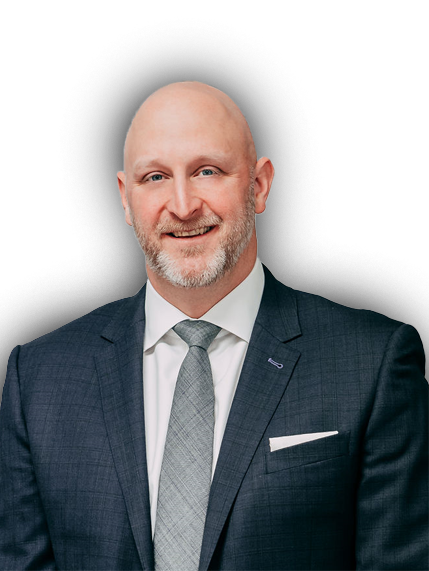
In March, we discussed how important it is for Georgia workers to protect their hearing on the job. After all, 24% of all hearing loss cases in the U.S. result from exposure to loud noises or even certain chemicals on the job.
Protecting one’s hearing should be a priority for workers in many industries. However, a new study from the National Institute for Occupational Safety and Health (NIOSH) indicates that the chance of occupational hearing loss is especially prevalent in the services sector.
Which workers face a higher risk?
The rate of hearing loss across all industries is roughly 16%. The NIOSH study found that workers in the services sector face an even higher risk and rate of hearing loss than this overall total with the prevalence of hearing loss in the service industries adding up to about 17%.
Many workers in the services sectors might expect this. For example, the study found that workers in urban planning and development, such as landscaping, faced the highest rate of hearing loss at 50%. Landscapers are usually aware of the risk of hearing loss, and often wear noise-canceling headphones when operating heavy and loud machinery.
However, the study also found that hearing loss is often more common in sectors workers might not expect, including:
- Computer programming workers, with a hearing loss prevalence of 35%;
- Workers in elementary or secondary schools, with a 26% prevalence;
- Dry cleaning or laundry workers, with an 18% prevalence; and
- Workers at museums and historical sites, with a 16% prevalence.
Since many workers in these industries might not expect risk factors of hearing loss on the job, they often overlook the risk completely.
What should workers in these industries do?
In many cases, occupational hearing loss is preventable. But what can workers do in these situations? After all, workers in elementary schools can hardly wear noise-canceling headphones to prevent hearing loss.
Therefore, workers should:
- Evaluate the risk factors of hearing loss in the workplace. Identifying these threats can be the first step to preventing the risk;
- Understand the Occupational Safety and Health Administration’s (OSHA) occupational noise exposure standards to help conserve workers’ hearing;
- Speak with one’s employer since the study concludes that preventing hearing loss requires employers to apply the hierarchy of controls; and
- Determine what steps they can take to protect their hearing effectively on the job.
Although occupational hearing loss does qualify Georgia workers to collect workers’ compensation, it is critical for workers to understand the risks they face and take precautions to prevent hearing loss.



